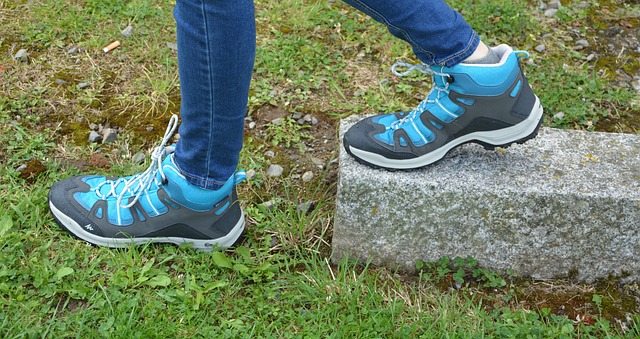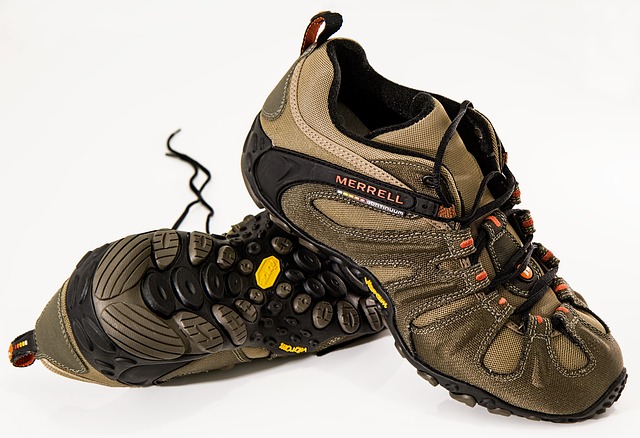While some may argue that running as you age is unhealthy or dangerous, the sport remains popular among various groups. In fact, masters runners constitute the sport’s fastest-growing age category.
Running as you age can be a terrific method to enhance cardiovascular fitness, and it’s an especially effective approach to keeping healthy and strong as you age. However, it is essential to tailor your workout program to fit your body’s needs since running is hard on our joints and muscles. Learning how to start and maintain a running routine and how it will help you participate in the sport safely.
In a study of New York City Marathon participants between 1980 and 2009, the percentage of masters runners climbed dramatically. There are strategies to make running enjoyable and effective as you age. Let’s take a look.
Consult Your Doctor First
If you’re new to running or have taken a long break from it or have some health issues, consult with a healthcare expert to ensure you’re healthy enough for rigorous action. They will almost certainly encourage you to begin, but it is critical to have their approval.
Understand Your Limits
Before beginning a running program, it is critical to understand some of the fundamental physical impacts of aging. Physical fitness normally peaks in your twenties and thirties. Even the most elite athletes begin to see performance decreases in their 40s.
Several changes may occur as you age:
- Cardiovascular endurance begins to deteriorate.
- The size and quantity of muscle fibers begin to decrease.
- Strength, coordination, and balance are also affected.
- Many of the decreases in fitness and performance are caused by becoming less active as you age.
Your personal aging experience is influenced by elements such as your lifestyle, food, genetics, and degree of activity. However, working out harder or increasing the frequency of your exercises is not the solution.
Overuse injuries, such as torn muscles, knee strains, and overtraining syndrome, are more common in older persons.
In order to successfully introduce a running program as you age, you must train correctly and work smarter rather than harder.
Gradually Increase Your Effort
It is critical for any runner to use caution when increasing the length and intensity of sessions. Sudden increases in pace or distance can result in injury or soreness that prohibits you from participating.
It’s crucial to start cautiously. Be mindful of your age and realize you’ll need to take it easier than you did when you were younger.
As a starter, you may begin your running program with a 20-minute workout. Begin with a 5- to 10-minute warm-up, followed by 30 seconds of running, followed by 2 minutes of walking.
Going carefully and gradually increasing your fitness ensures that you improve your fitness and strength while limiting your chance of injury. To avoid injury, follow the 10% rule. That is, avoid increasing your running effort or distance by more than 10% per week.
Lower Your Expectations
It could be difficult to face the fact that you’re slowing down with age if you started running when you were younger. Unfortunately, it is a part of life. Let go of your expectations and avoid comparing your older and younger selves.
We lose muscle strength and aerobic capacity as we age, necessitating greater recovery time. As a result, we normally can’t train and race at the same time.
While you may not be able to beat your personal records from your twenties and thirties, it doesn’t mean you can’t establish goals to assist and inspire you and give you a significant sense of success.
According to one study, whereas professional athletes’ performance begins to diminish as early as the age of 35, recreational runners’ performance does not begin to decline until around the age of 50.
Modify Your Objectives
If you are just getting into the habit of running or training for a race, it’s critical to create training goals that are designed for your age and fitness level.

If you’re new to running, your weekly training regimen might look something like this:
- Day 1: Strength exercise for 20 minutes
- Day 2: Easy 20-minute run
- Day 3 is a rest day cross-train
- Day 4 is a 30-minute cross-training session.
- Day 5: 30 minutes of interval running
- Day 6 is a rest day cross-train
- Day 7 is a 45-minute slow-paced jog.
Adjust your expectations, set realistic goals, and be proud of your commitment to running.
Recover Effectively
You probably were able to run every day when you were younger, but as you get older, you may notice that you don’t recover as quickly.
Listen to your body and avoid forcing runs if you aren’t fully recovered. You may find that running every other day, rather than every day, makes you feel better.
When you take a day off from running, you can still do cross-training by cycling, yoga, or other activities like swimming.
Increase your strength training
Strength training is good for runners of all ages, but it is especially beneficial to older runners.
As we age, we lose muscle mass, but strength training on a regular basis will help you avoid loss in muscle mass.
Improved muscle strength allows your muscles to absorb more force when running, reducing joint discomfort. Simple leg and core exercises like squats, planks, push-ups, and lunges can improve running performance and avoid injuries.
Enhance Your Balance

Improving your balance is beneficial for runners, but it is also beneficial for everyone, especially as we age. If you have a strong balance, you are less likely to fall and can regain your balance more quickly if you do fall.
Simply standing on one leg (alternating legs) for 30 seconds can help you improve your balance. Alternatively, try some fundamental yoga balance poses like tree posture, eagle pose, or king dancer stance.
Your balance and flexibility will improve as you exercise.
As you age, your legs, back, hips, and shoulders seem stiffer than they used to, especially when you first wake up or after sitting for a long time.
With time, everyone’s muscles and tendons lose some elasticity. However, if you work on it, you can maintain or even improve your flexibility.
Stretching or yoga on a regular basis, especially after a run, might help you become more flexible.
Make sure you warm up properly before running, especially if you’re racing or undertaking a strenuous workout. Begin with a 5- to 10-minute walk or gentle jog, then stretch.
Avoid Injury
Take a proactive approach to injury prevention. Be proactive if you notice the onset of an injury. Do not disregard warning indications such as discomfort or inflammation.
As you get older, you may discover that you need to take new injury-prevention measures, such as getting frequent massages, using a foam roller, and taking more rest days.

Purchase Quality Running Shoes
Purchasing running shoes that are appropriate for your body is one of the most effective ways to reduce injury. Talk to a professional at a specialty running store. They have the tools to help you select the shoes that work best for you.
Allow Time for Recovery
What if you get hurt? Please be patient. It takes longer to recuperate from injuries as we become older. According to one study, elderly runners are far more likely than younger runners to have difficulties with their leg muscles.
According to experts, this could be because regular wear and tear take longer to mend in older persons than in younger adults. This could imply that older runners should take more time to recover after a workout.
Don’t rush back to jogging, or you can end up out for much longer than required. If you have pain that lasts more than 10 days that is injury-related, listen to your body, take a vacation from running, and visit a doctor.
To Conclude
Running can be a great exercise for your body and mind. A lot of folks like to run to clear their heads and thoughts. Make sure you have good pairs of shoes, hydrate, and watch your steps. Try to avoid running on hot days and in heavy traffic areas.


